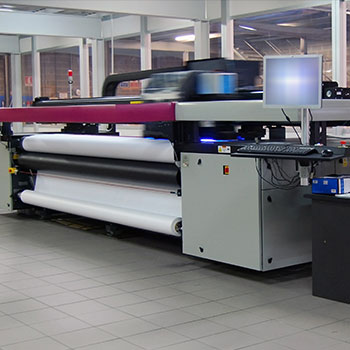Currently, printing a document and generating a thousand copies of it is an easy, fast and economical process; what thousands of years ago was the opposite, when writing was born, humanity took a transcendental step, which marked the beginning of a new stage, freeing us from limitations of time and space in the transmission of messages and allowing the knowledge was maintained over time without the possibility of forgetting, because what is written is written.
It is noteworthy that initially the interest in reproducing continuous texts originated in the East in China and neighboring countries, however, its progress was somewhat slow. The invention of paper in AD 105 is attributed to a member of Emperor Lun’s retinue, a material used as a writing medium and made from shredded cellulose or hemp.
A century later, the idea of making carved reliefs in wood and placing links as a means of reproducing drawings and texts arose. With the passing of time, different countries and emperors put into practice and improved their same day print services methods.
These inventions were adopted and improved upon in the West and fueled by the dynamism of the capitalist system, paper, movable type, and the printing press became a form of liberation and far-reaching agents of change in social and intellectual life.
Background of modern photocopiers
Before the photocopier came into existence, getting to reproduce a document was a job that was based on photography or mimeography. It was GC Beidler who, in 1903, discovered how to quickly reproduce a document by instantly developing a photographic negative. This technique was patented in 1906.
In 1938, Chester Carlson successfully made the first paper copy through a system known as xerography (writing or dry printing). This was a big leap since copiers could use common paper, without the need for special treatment.
He perfected the system in 1947 and transferred his rights to the Haloid company, which introduced the first commercial copier in 1959. Each copy took 15 seconds to come out. Can you imagine what it would be like to print a book? Nothing to do with the current multifunction digital photocopiers that print around 25-30 copies per minute.
In the mid-1980s, color photocopiers came onto the market, very slow and of questionable quality. It is at the end of the 90s when high-speed color equipment made its appearance, producing 30 pages per minute.
With the technological evolution of computing, printers and the less and less required simple reproduction, they cause a growth of the photocopier to a new level: multifunctional equipment.
Initially they only copied and printed, but over the years all the functions that are known today have been integrated: copies, scanning, printing, sending and receiving faxes and document management.
This is how a new generation of copiers is taking over the market, making use of digital technology and having the following advantages: higher image quality, low noise, low energy consumption, ease of use, less technical maintenance and higher processing speed. of the copies.
Technological advances and the crisis (which has exacerbated the need to have complete work management systems) have placed multifunctional digital photocopiers as the reference equipment, coming to unseat the printers that we usually had for home use.
Likewise, the new acquisition models made it much easier to renew machines. The leasing option, through which the company only pays for the copies it makes and includes maintenance and 24/7 technical support, has led many SMEs to opt for it. It is not surprising, since this is how the latest generation multifunction equipment is accessed without the need to make large outlays and always having the best work teams in the office, for the benefit of all.
Modern digital photocopies
With the technological evolution of computing, printers, and the less and less required simple reproduction, they cause a growth of the photocopier to a new level: multifunctional equipment.
Initially, they only copied and printed, but over the years all the functions that are known today have been integrated: copies, scanning, printing, sending and receiving faxes, and document management.
This is how a new generation of copiers is taking over the market, making use of digital technology and having the following advantages: higher image quality, low noise, low energy consumption, ease of use, less technical maintenance, and higher processing speed. of the copies.









































